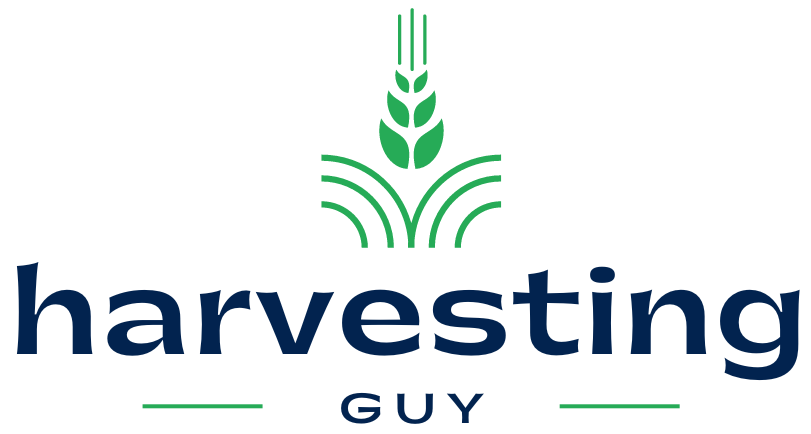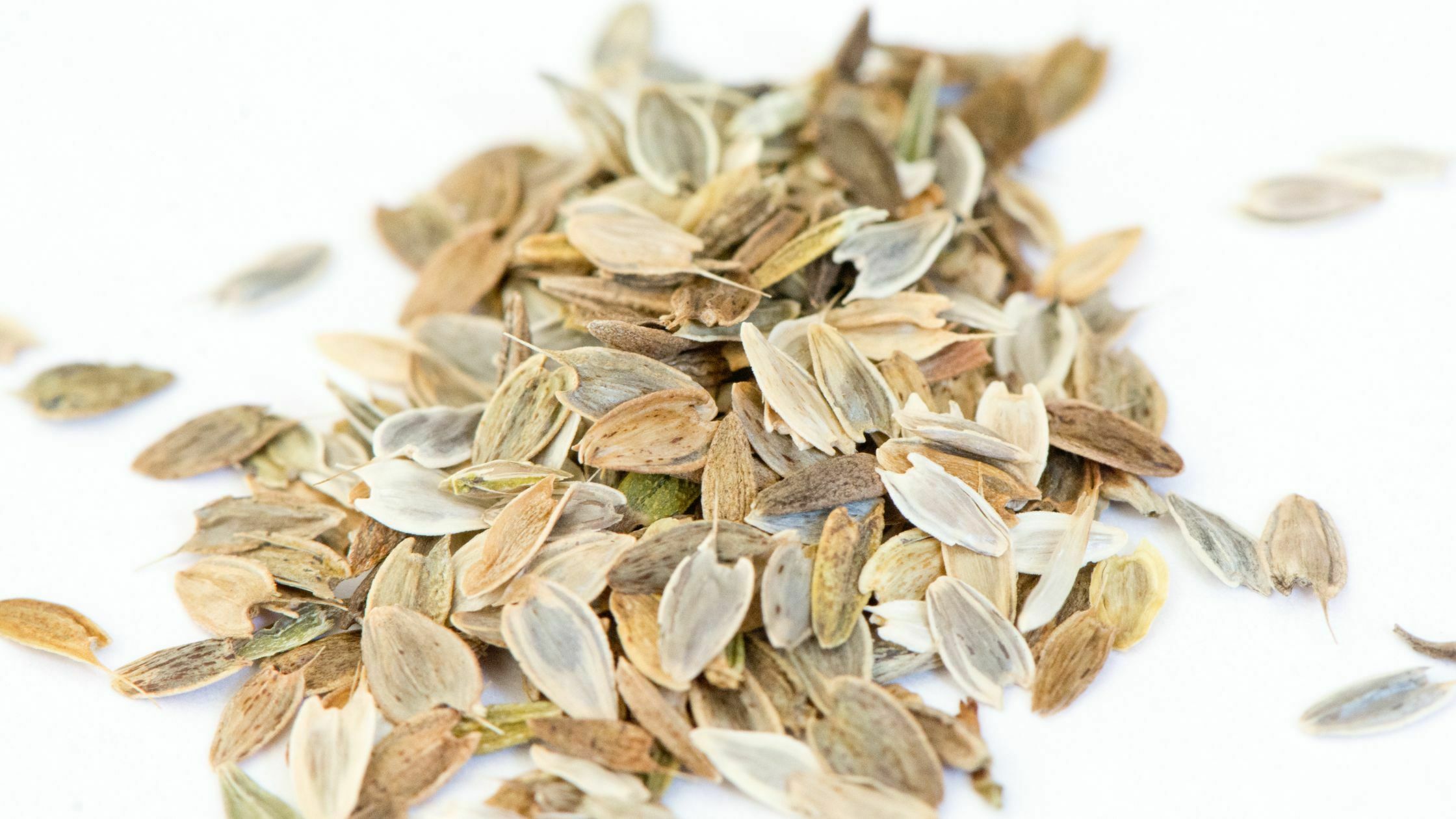Were you thinking about growing a new addition to your garden? How about Zinnia flowers? Zinnias are among the quickest and easiest flowers from which you can harvest and save seeds. They are perfect for beginners and are simply a joy to work with—the reason why today, we’ll be sharing with you how to harvest zinnia seeds.
The great thing about Zinnias is that they produce many seeds per plant; this is helpful because it means you won’t have to purchase seeds or nursery plants if you want to continue growing zinnias in the future.
Harvesting Zinnias can sound like a tedious or perhaps intimidating job. Still, with the proper knowledge and equipment, you’ll soon be on your way to becoming a pro at harvesting Zinnia seeds.
How to Harvest Zinnia Seeds
- Find and remove dried, brown zinnia flower heads. Choose a dry, sunny day when there’s been no recent rain.
- Place the flower heads in a brown bag to continue to dry if needed.
- Remove individual petals to reveal arrowhead-shaped seeds on the ends of the petals. Decide if you’ll keep the petals attached to help remember the color or gently separate and discard the petals to maximize your seed storage space.
- Break apart the entire zinnia seed head to reveal any other seeds that may be viable. You may also find the zinnia’s floret seeds inside the flower head. Save these, too, as they can also produce healthy flowers.
- Save the zinnia seeds in paper envelopes or small containers. You may wish to get a particular container if you’re breeding zinnias.
- Consider a labeling system.
What’s the difference between open-pollinated Zinnias or hybrids?
Seeds from hybrid plants typically do not come true to the parent plant, so if you love a specific attribute of the zinnia, such as its double flowers or particular colorings, you might be disappointed by the offspring of hybrid zinnias. Seeds from open-pollinated plants, though, will grow true to the parent plant, so it makes sense to harvest those seeds.
What Zinnia varieties should you plant?
The following zinnia varieties are open-pollinated:
- Green Envy
- Cactus Bright Jewels
- Canary Bird
- Candy Cane
- California Giant
- Lilliput
- State Fair Mix
Recommended Product: California Giant Zinnia Seeds
[amazon box=”B07MSLD73W” class=”lp-product-list” template=”vertical” image_size=”large” title=” ” image_alt=”alttexthere” description=”none” price=”none” button_text=”Check Latest Price” ]
Full-color seed packets of California Giant Zinnia (Zinnia Elegans) flowers. This variety produces beautiful red, orange, yellow, lavender, maroon, violet, and white blossoms.
Enjoy outside in the garden and indoors as cut flowers—minimum of 1g per packet. Butterflies love zinnia flowers and will likely pay you many visits.
Features:
- Sow Right Seeds
- Instructions included
- Safe seed
- Non-GMO
Recommended Product: Zinnia Seeds for Planting Outdoors
[amazon box=”B093JFGRXB” class=”lp-product-list” template=”vertical” image_size=”large” title=” ” image_alt=”alttexthere” description=”none” price=”none” button_text=”Check Latest Price” ]
These zinnia flower seeds packets have more than 2-3X as many seeds as many of our competitors with over 4 grams. Many only have 500 mg.
Plant 2-3 zinnia flower seeds ¼” in deep every few inches in fertile, well-draining soil in full sun. Once the seedlings have four leaves, thin them out to 1 every 8-18” apart. Will grow to 24-36″ in height
Features:
- nature Edge
- Herbs, Flowers
- Full sun
How can you tell if a green zinnia seed is viable?
To find out if a green zinnia seed is viable, first pinch the seed between your finger and thumbnail. If it feels hard, you may have a viable seed. Next, use your thumbnail to scratch the seed coat very gently. A bit of the coating should scratch off. If you see a white nut inside, your seed has an embryo, and this should indicate an excellent chance of germination.
How do you get seeds from zinnias?
If you have one zinnia plant, you have all you need never to buy another zinnia seed or plant again. Cut your blooms as they start to dwindle.
Using pruners, cut the stems beneath the blooms in late September/early October, just as they are a bit past their prime.
Let flowers dry
- Hang blooms up to dry for about a month until they dehydrate entirely.
- Store dried flowers over winter. By doing this, you’ll be able to tell what color the future blooms will be by the dried petals.
Separate the seeds
Each flower head contains a lot of seeds that you can separate by rubbing them in your hands. Seeds that are more tan instead of gray may not be viable, but that’s okay. You’ll still have plenty.
Sow
- Once the final threat of frost has passed, you’re good to plant.
Use a small shovel or a hand rake to cover the seeds up a little bit, especially if they’re still attached to the petal.
Water your seeds in really well. - What do harvested zinnia seeds look like?
- The seeds will be arrowhead-shaped, pointed on one end, and broader on the other, each having a raised spine running up its back. They will measure about 3/8 to 1/2 inch long if harvested from medium-sized zinnias and usually slightly less than 1/4 inch across at their widest point and brownish.
Do zinnias release themselves?
No, zinnias don’t come back yearly as they are annual plants. This means that the flowers complete their entire lifecycle in one year. However, since zinnias are so easy and low-maintenance to grow, it’s not too much trouble, especially for the reward of the beautiful blooms come the late summer months.
How do you harvest nasturtium seeds?
- Collect plump nasturtium seeds when the plant is winding down in late summer or early fall, before the rainy season or first frost. Don’t gather nasturtium seeds too early because immature seeds aren’t as likely to germinate.
- Ideally, the seeds will dry and fall off the vine, but you may want to harvest them before they drop.
- Move the leaves aside to find the seeds in the centers of the flowers.
- The wrinkled seeds, about the size of a large pea, will usually be in three groups. You may also find them in groups of two or four.
- Ripe seeds will be tan, which means they are ready to harvest. If the seeds have dropped from the plant, nasturtium seed harvest is just a matter of picking them off the ground. Otherwise, they’ll be easily selected from the plant.
- You can harvest green nasturtium seeds as long as they’re plump and quickly picked off the vine. If they don’t come loose quickly, give them a few more days to ripen, then try again.
Recommended Product: Small Plastic Containers
[amazon box=”B0793C1ZYN” class=”lp-product-list” template=”vertical” image_size=”large” title=” ” image_alt=”alttexthere” description=”none” price=”none” button_text=”Check Latest Price” ]
WeeSprout food storage containers are made entirely without additives and other harmful materials.
They hold all types of food, from powders to liquids, including powdered formula, cereal, soup, purees, veggies, fruits, breast milk, yogurt, meat, herbs, juices, snacks, and more.
WeeSprout containers are leakproof, reusable, and unbreakable. You can reuse them over and over again for years to come. They’re freezer-friendly, and their lids seal tight for freshness.
Features:
- Durable
- Leakproof
- Easy to use, clean, and store
Additional Tips on How to Harvest Zinnia Seeds
- Wait for the Zinnia flowers to dry before harvesting. Trying to harvest a flower too early will result in immature seeds that won’t germinate.
- Make sure to keep varieties separated and labeled unless you don’t mind a mix full of surprises.
- Avoid watering the flower bed before harvesting seeds; the seed heads will need more time to dry.
- Harvested at the right time, the seeds will mature and stay viable for several years to come with the proper care.
- You can sow your seeds outdoors. For best results, aim to use your seeds within three to five years.

